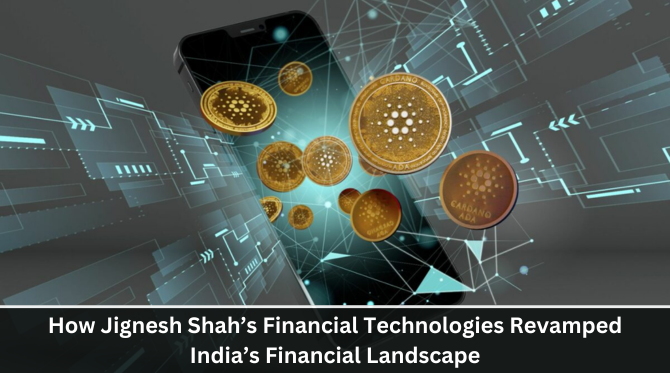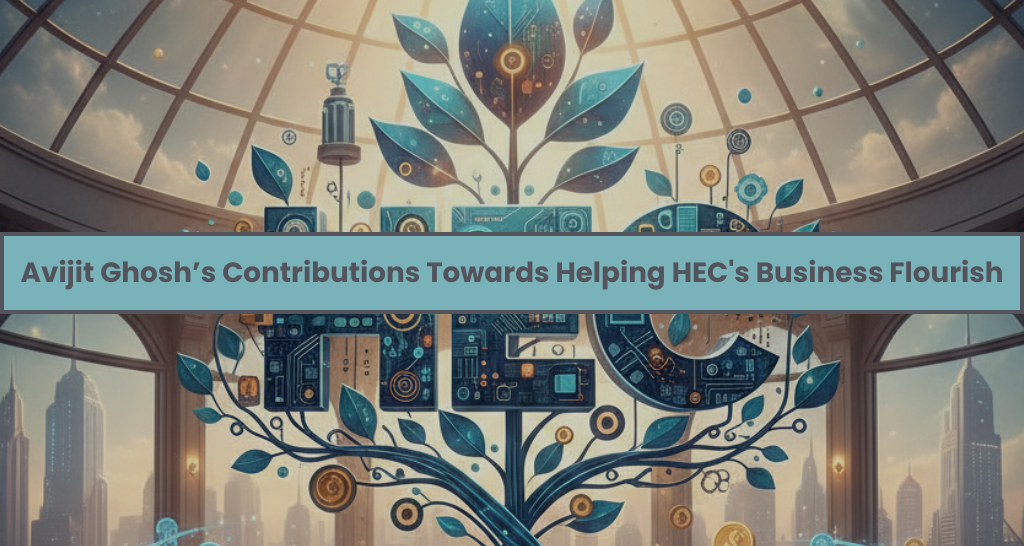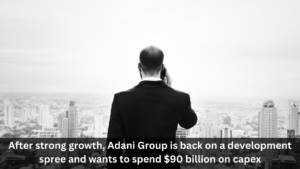From Crisis to Consolidation, Adani Group Now a Stronger Entity
The Adani Group has strengthened on certain business fundamentals indicators a year after US-based short-seller Hindenburg Research, in a shocking report, accused the conglomerate of fraud and “brazen” stock price manipulation. The conglomerate disputes the charges.
His ports-to-power business has secured major projects, reduced debt, reduced founders’ share pledges, attracted new supporters from the US to the Middle East, and started communicating more frequently with lenders and investors. More cargo containers and airline passengers are being ferried. Mumbai, India’s financial hub, is getting a new airport, and the vast Dharavi slum is being developed. All of this helps the Group come out of the Adani crisis.
Gradual Recovery Post Hindenburg Crisis
There are still aftereffects from Hindenburg’s findings. Even while Adani’s stock has increased by over $90 billion since the beginning of the year, it is still around $60 billion below its pre-Hindenburg peak. Most of the Group’s dollar bonds have recovered their losses in the interim.
The billionaire has claimed that his companies do not receive special treatment from the government, while the conglomerate has stated that it complies with all laws and accounting regulations.
In spite of these problems, many investors today think that the Adani enterprise is growing again. The US agency funding, new marquee investors, and a Supreme Court decision that rejected pleas for a special probe “have all given greater comfort to both institutional and retail investors,” according to Chakri Lokapriya, managing director of RedStrawBerry LLP, an asset management firm with offices in Chennai. According to Lokapriya, the year after the short-seller broadside “has proved to be a blessing for the Adani Group.”
The conglomerate’s extensive network of port terminals, power lines, airports, data centres, solar parks, and cement plants is a major source of its resiliency. As a result, Adani is now at the epicentre of an India boom that eager investors want to participate in.
Here are some business indicators on Adani’s empire since the assault by the short sellers on January 24, last year:
Free and Rallying:
Due to Hindenburg’s article, Adani’s market value plummeted by tens of billions, and the founders’ pledged shares became susceptible to margin calls. Adani and his family have significantly lowered their committed holdings and paid $2.15 billion in advance.
In addition, the company managed to entice about $5 billion in investments, most of which came from prominent investor Rajiv Jain’s GQG Partners LLC, which defied expectations in March by purchasing shares in four Adani companies and has continued to pour in additional cash ever since.
Ten listed Adani companies have a combined market value of over $175 billion, up 112% from the record low of $82 billion in February of last year following the release of the short-seller report that had caused the Adani crisis. Five of them eliminated all losses after Hindenburg’s report.
The main drivers of the most recent market rally are a $553 million investment by a US-backed agency in the Group’s port operation in Sri Lanka and the Indian Supreme Court’s decision to reject requests for a federal probe or special investigation into Adani’s businesses.
Alok Churiwala, Managing Director of Mumbai-based Churiwala Securities Pvt, stated, “The bright side of the Hindenburg report was that investors, who were unable to get entry into Adani shares at a good price, got the opportunity to own these stocks.”
But Adani Group still has to increase analyst attention. Apart from the ports industry and the recently acquired cement makers, it’s minimal for most of its businesses. Increasing its public float would also help the business avoid excessive stock volatility.
Credit Exchanges
Thirteen of the fifteen-dollar bonds issued by Adani Group were valued at more than 80 cents on the dollar as of January 19, 2024, which is typically regarded as the threshold for distressed bonds. Based on statistics from Bloomberg, the great majority were trading higher than their levels touched last year following the news.
Additionally, in October, the firm was able to refinance $3.5 billion in debt, indicating that creditors were becoming more confident.
Constructing and Energising India
Gautam Adani, who rose to prominence in the 1980s as a diamond trader in Mumbai, recovered well from the Adani crisis since he is responsible for constructing or managing several of India’s most significant infrastructure projects.
According to Bloomberg data, Adani is responsible for nearly half of all shipping containers, one-fifth of private thermal generating capacity, and a third of all coal carried in India.
The tycoon also matches Modi’s national-building ambitions with his economic practices. “The company is supported by the government and plays a significant role in important sectors of the economy,” stated Sabrina Jacobs, Pictet Asset Management’s client portfolio manager for fixed income in London.
The local market regulator’s investigation into the Adani Group’s potential violations of securities rules is one of the largest ongoing concerns. On January 3, India’s highest court directed the regulator to wrap up its inquiry in three months.
Brand-New Believers
Adani Enterprises Ltd. has gained new high-profile supporters even though its abandoned $2.5 billion share offering, a major casualty of the Hindenburg report, was unable to increase its investor base.
After the founders, GQG’s Jain is so confident that he intends to be “one of the largest investors in Adani Group” in five years. In recent months, previous investors International Holding Co., located in Abu Dhabi, TotalEnergies SE, and Qatar Investment Authority have increased their stakes.
The Adani family is also undergoing transformation. It is joining dozens of other wealthy people who wish to safeguard their assets by establishing a Special Purpose Vehicle in Abu Dhabi, the international financial hub.
Late in February, Vinod Adani, the elder brother of Adani and resident in Dubai, resigned as director of three firms related to the family’s contentious Australian coal project. Hindenburg claimed that Adani’s elder brother played a crucial role in opaque offshore entities associated with the company.
The director of the South Asia Institute at the Wilson Centre in Washington, Michael Kugelman, said of Adani, “He keeps facing reputational challenges, but he shakes them off and keeps doing business.”
Conclusion
After the Hindenburg crisis, the Adani Group is a stronger, more cohesive organisation. New high-profile investors have enhanced investor confidence, prudent debt management, and decreased founder share promises. The company attracts international investment due to its extensive infrastructure network, which places it at the center of India’s growth story. Although there is still room for improvement in terms of analyst coverage and public float, Adani’s emphasis on fortifying India puts it in a solid position going forward. Adani appears to have survived the Adani crisis and come out stronger for the time being, but the next several months will be critical as the SEBI inquiry ends.











